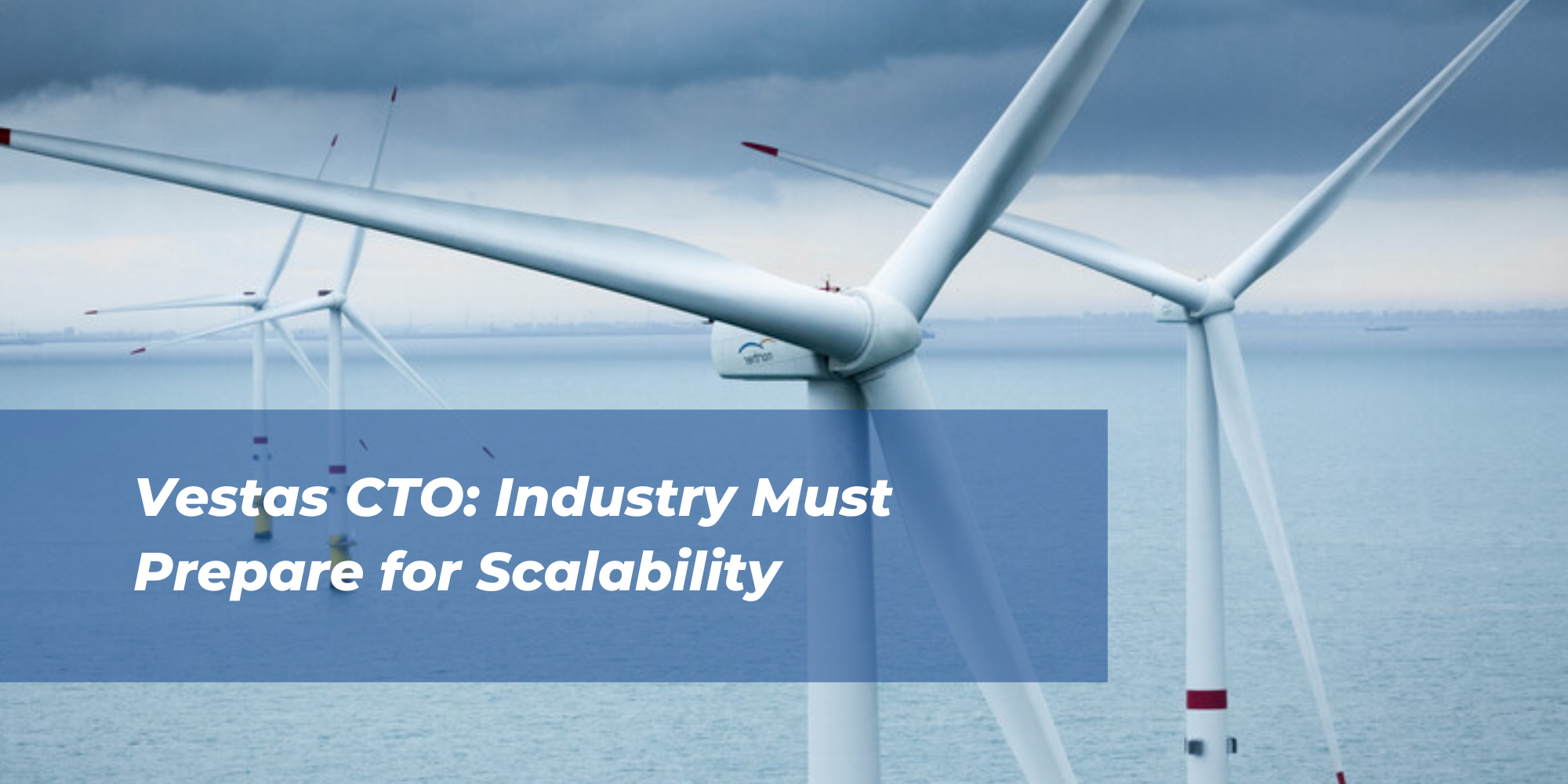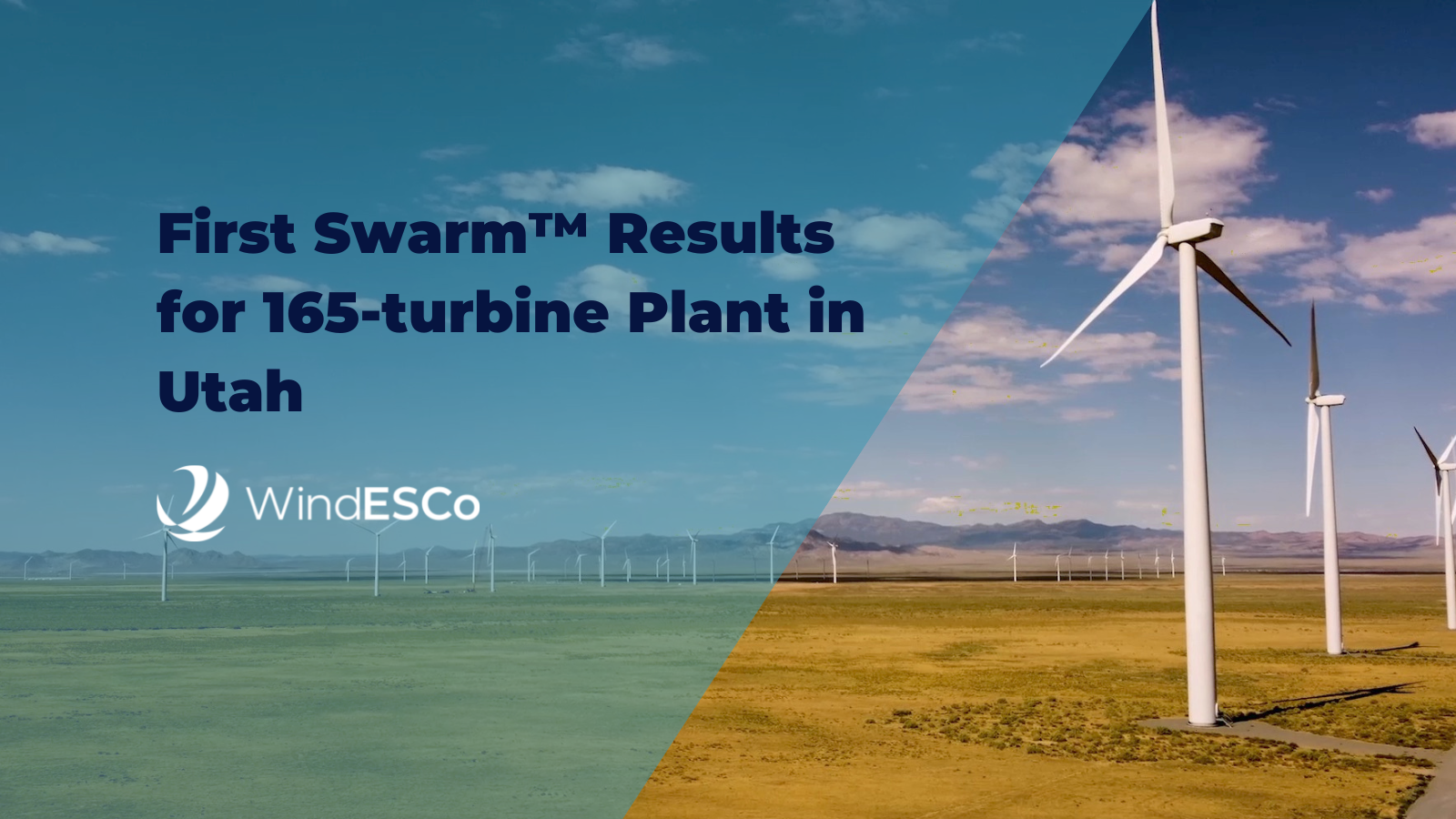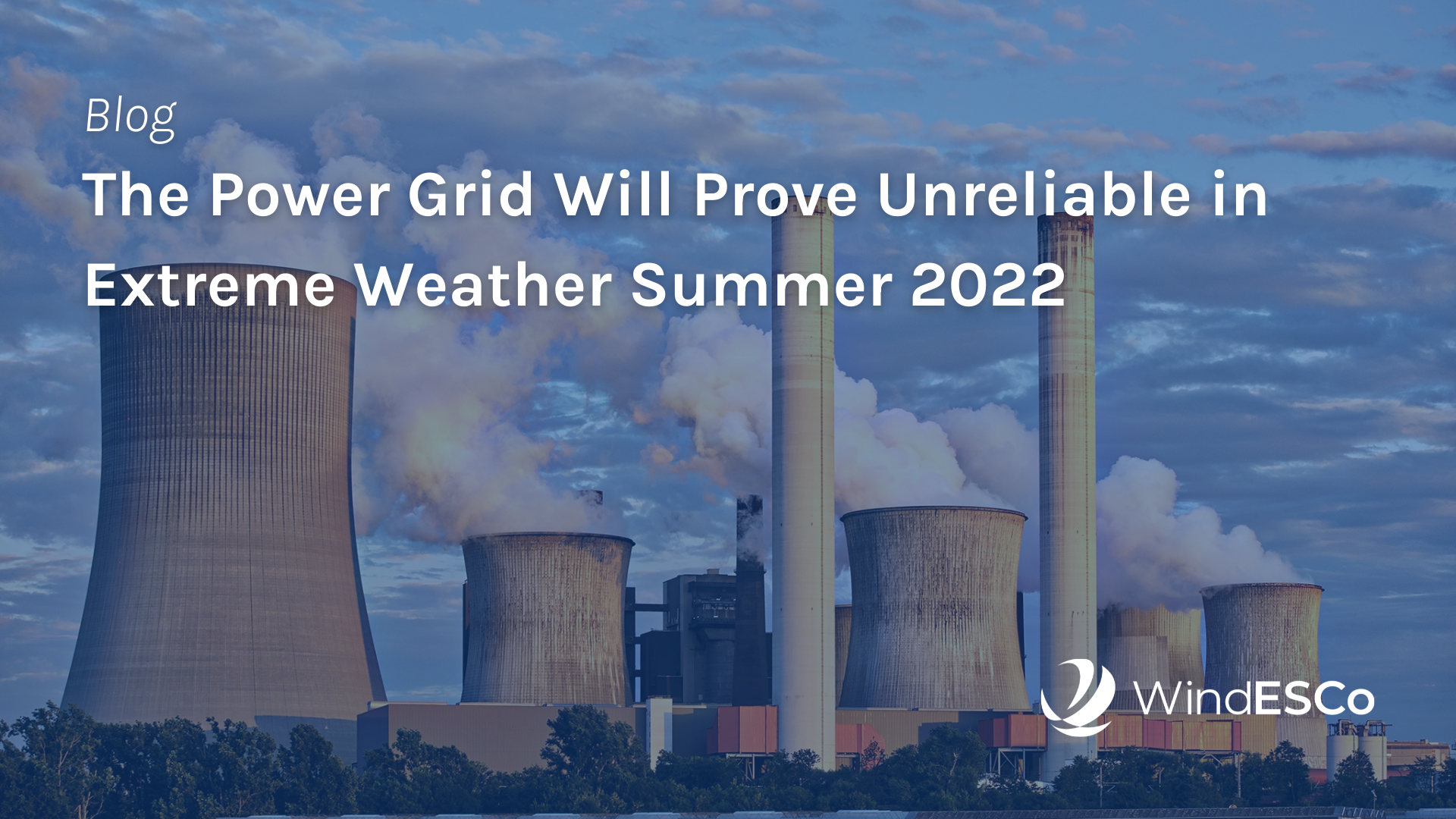Swarm™ Commissioned at 165-Turbine Plant in Utah
For months the industry has heard about our groundbreaking wake steering and collective control technology, Swarm™. We are excited to announce that...
2 min read
WindESCo Oct 21, 2022 1:06:09 PM

In a recent article in Recharge magazine, Vestas CTO Anders Nielsen told editor Darius Snieckus that he believes it’s time for OEMs to “focus on optimizing existing product platforms to be able to speed-up and scale-up offshore wind effectively.” We agree.
As the wind energy market has watched OEMs post financial losses quarter after quarter, industry focus has been on creating bigger and bigger turbines, creating balance sheet pressure for OEMs like Vestas. According to the article, “cost-pressured manufacturers…can't capture enough value to reinvest back into technology development.” It’s clear that this is not a winning model for OEMs or the industry as a whole.
For years, WindESCo’s customers have been seeking support on this very challenge, and acknowledgement from a leading OEM is encouraging. As the global wind market scales, cooperation between developers, OEMs, investors and technology providers has never been more important.
In the article, Nielsen went on to say “technology developers across the renewable value chain must be able to adapt and capture enough value to reinvest back into building scale and innovation, while not putting further strain on the value chain.” Today, WindESCo’s solutions are improving AEP of onshore and offshore wind assets through high-speed data analytics and IIOT solutions. By increasing AEP by 1-4%, WindESCo helps developers, investors and IPPs bridge their profitability gap and allows stakeholders to capture additional energy without the need for new development or costly, time-consuming engineering changes to turbines.
Nielsen noted to Recharge, “Developers positioning themselves for growth are going out and buying seabed leases at very high [auction] prices. And then they seem to be hoping to compensate for this on the projects themselves by asking for bigger turbines and [so achieve a] lower LCOE [levelized cost of energy],” he said. “But [the OEMs] will not be able to pick up that bill.”
Investment strategy aside, cooperation between OEM, developers and WindESCo is a proven method for improving the health of margins at wind sites. For example, our recent case study with Greencoat shows WindESCo identified 2.2% AEP increase and worked with the company’s OEM to validate improvements that otherwise would have been left off the table.
As OEMs focus on providing enough equipment to meet the demand of ten-fold growth in wind energy, WindESCo offers AEP improvement technology that can be deployed at-scale. Our SaaS solution is always improving, delivering consistent, continuous AEP optimization and increased reliability, helping ensure the industry’s investment in wind energy meets expectations. Both asset management and technical teams benefit from the customer portal, where customers can see in real time the detected issues on each turbine with evidence, recommendations to fix these issues based on feasibility and AEP potential, and can monitor the amount of AEP recovered using a DNV approved method.

For months the industry has heard about our groundbreaking wake steering and collective control technology, Swarm™. We are excited to announce that...

2 min read
The North American Electric Reliability Corporation (NERC) released its 2022 Summer Reliability Assessment this month. The assessment identifies,...

Zurich, Switzerland, SEPTEMBER 6, 2023 ABB Motion acquires minority stake in WindESCo, a leading analytics software provider for improving...